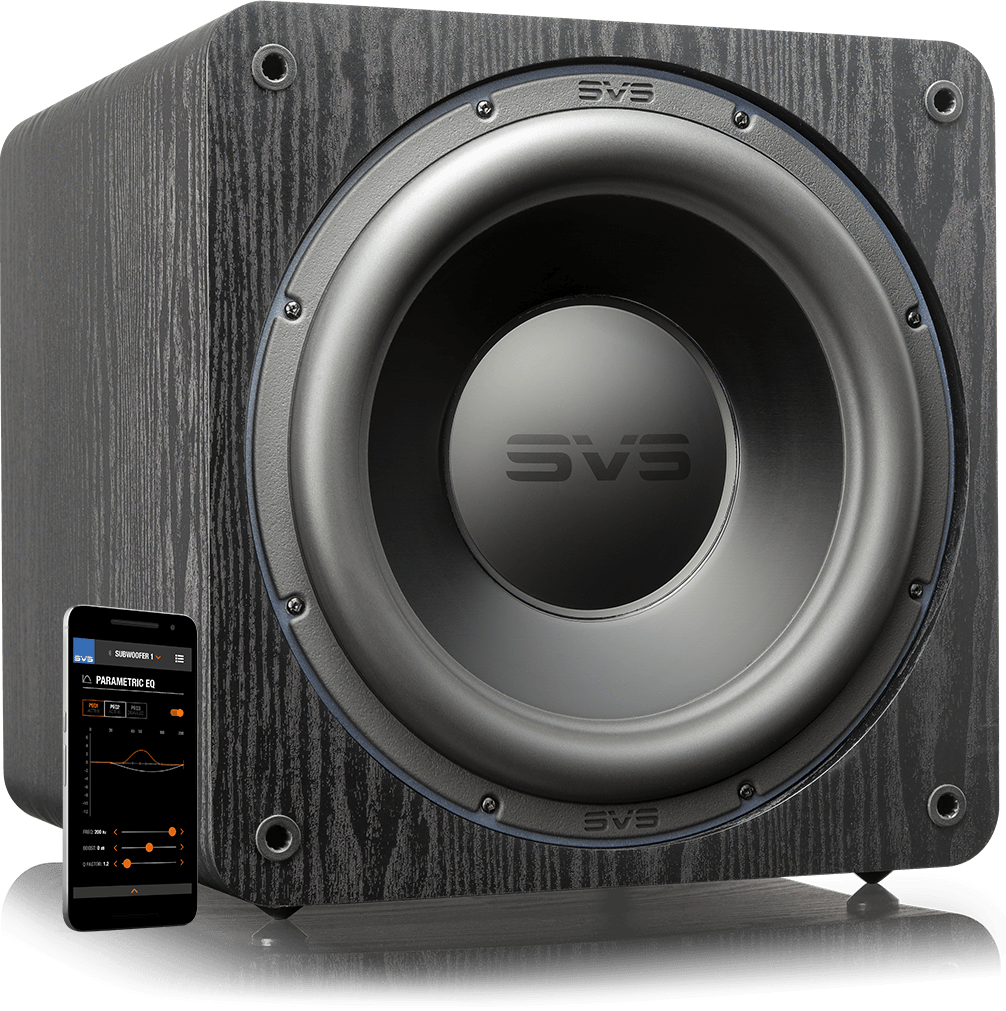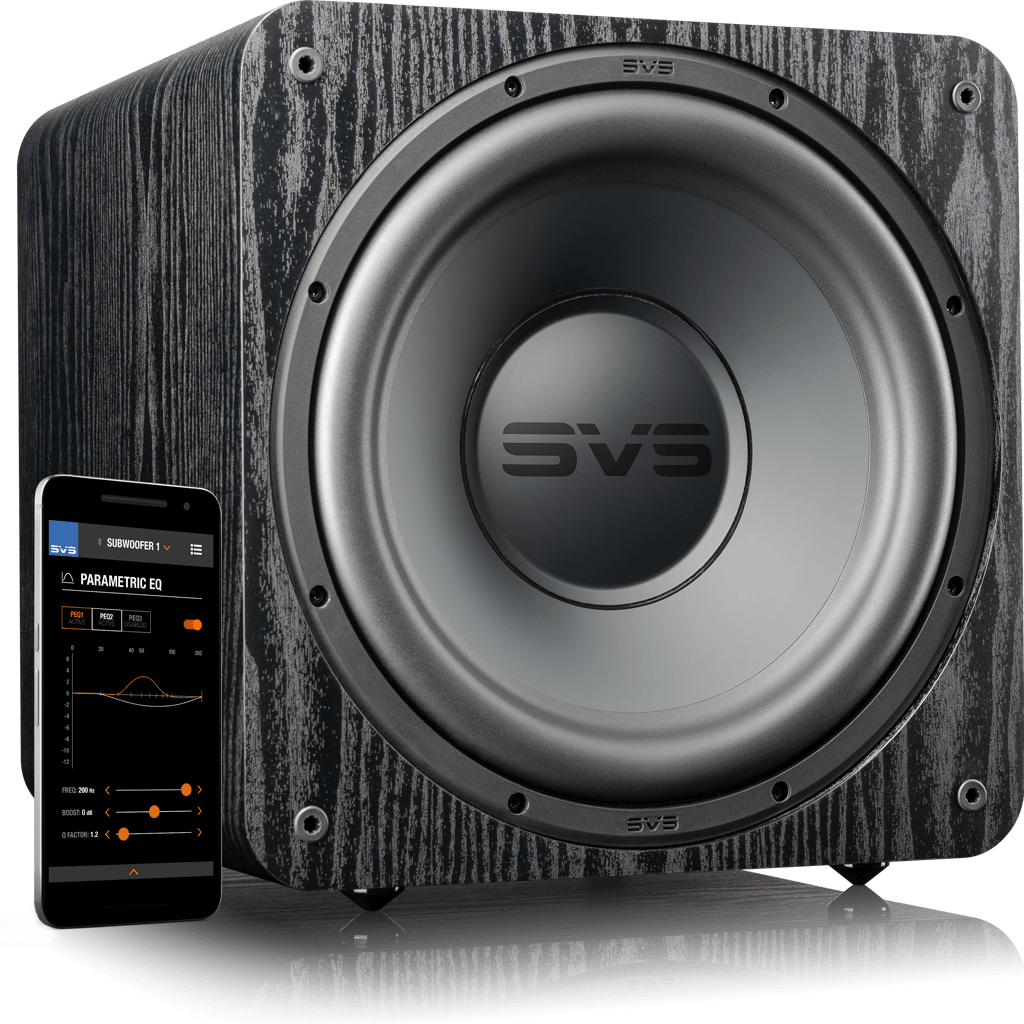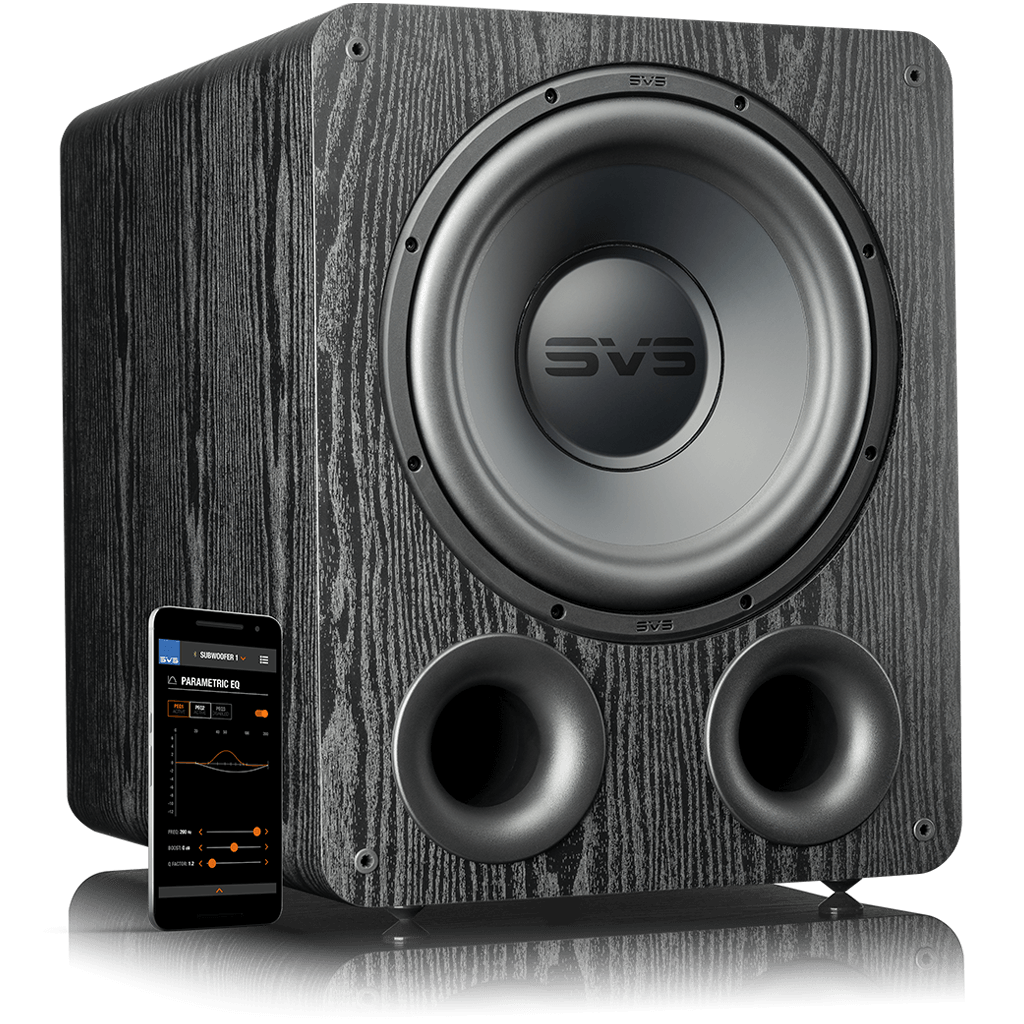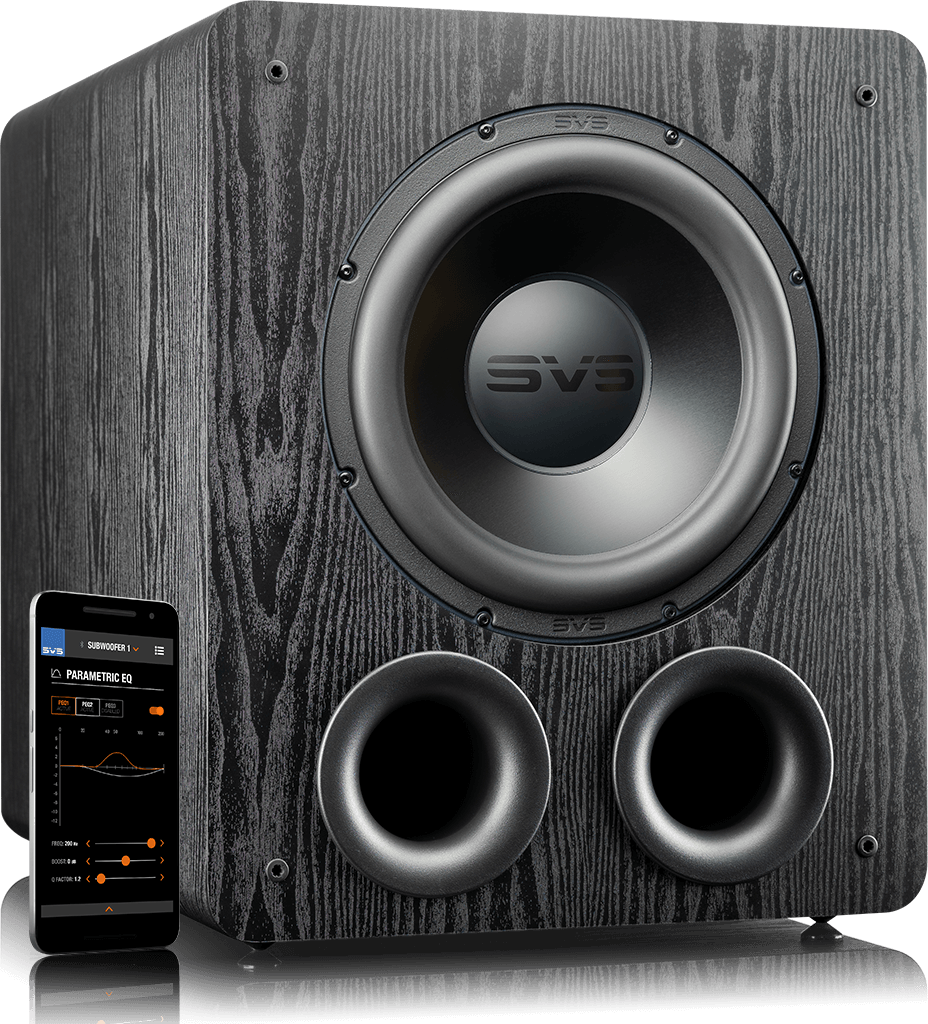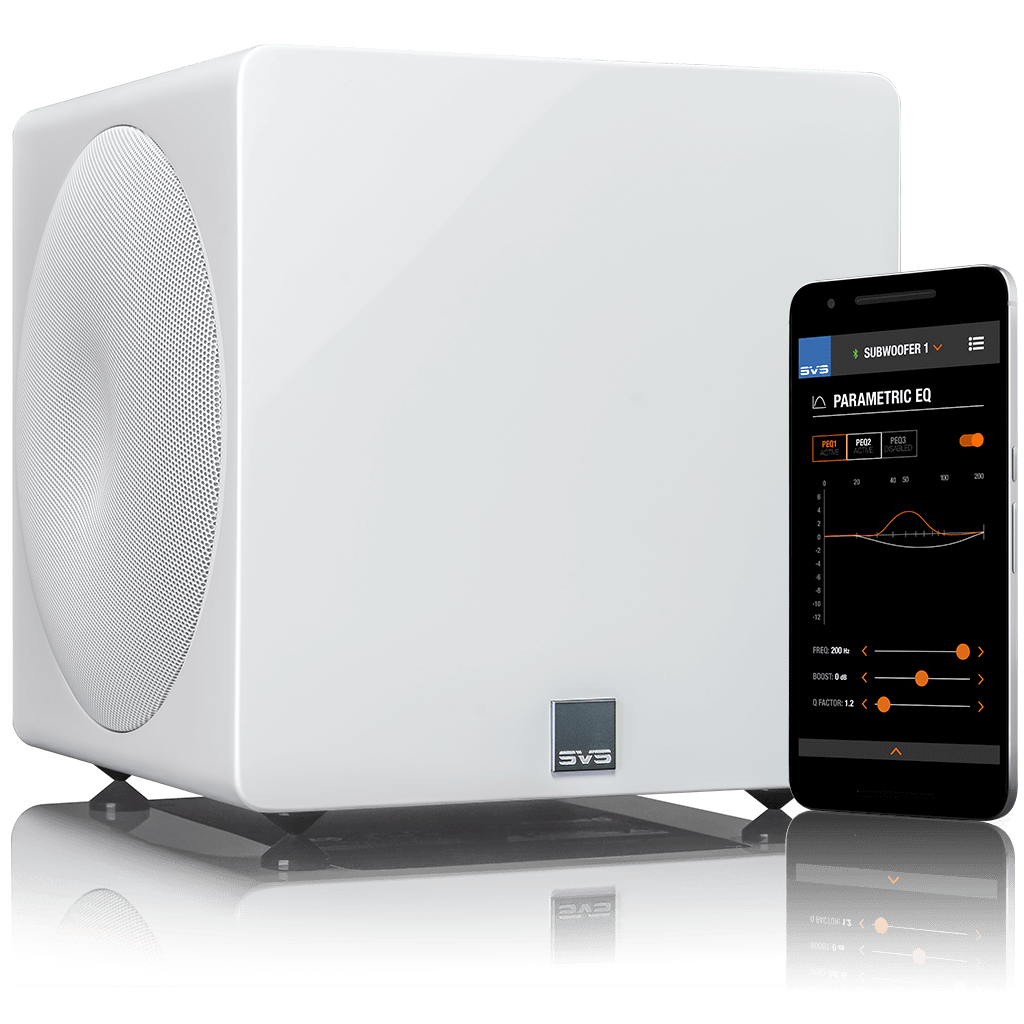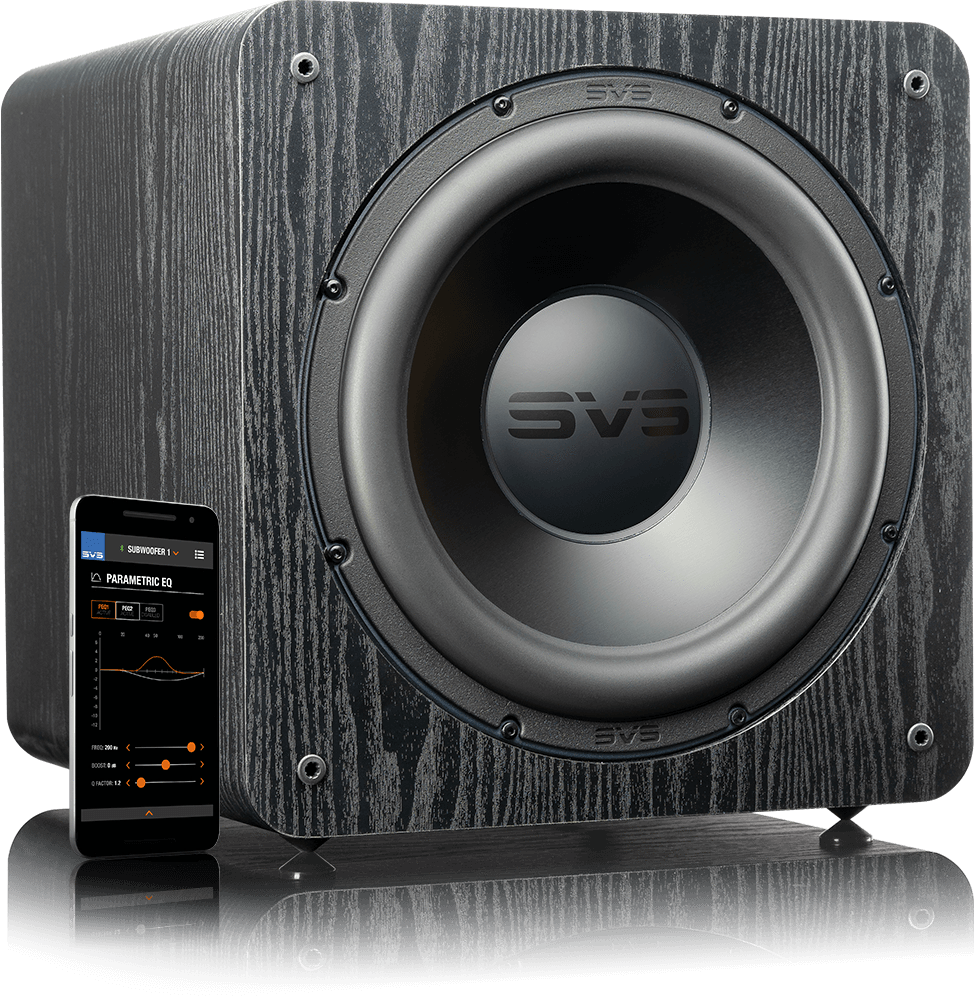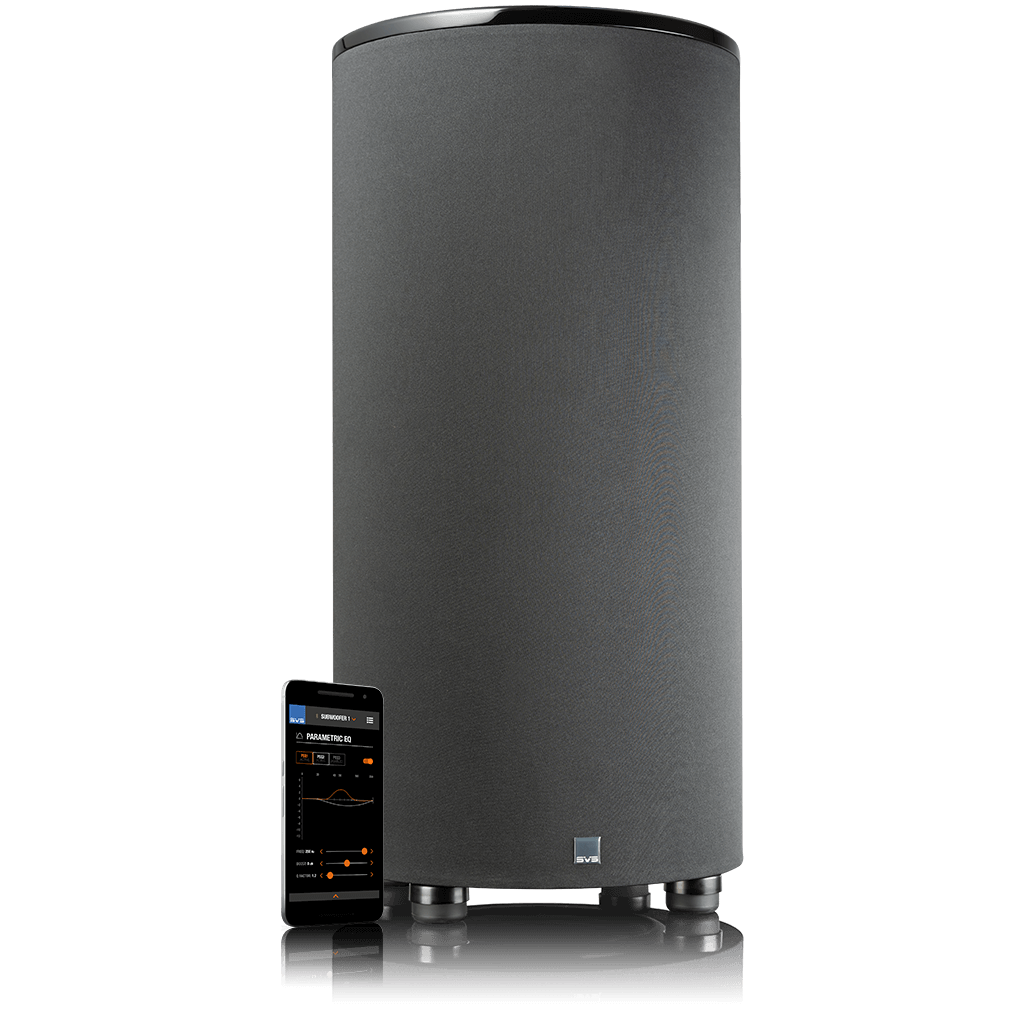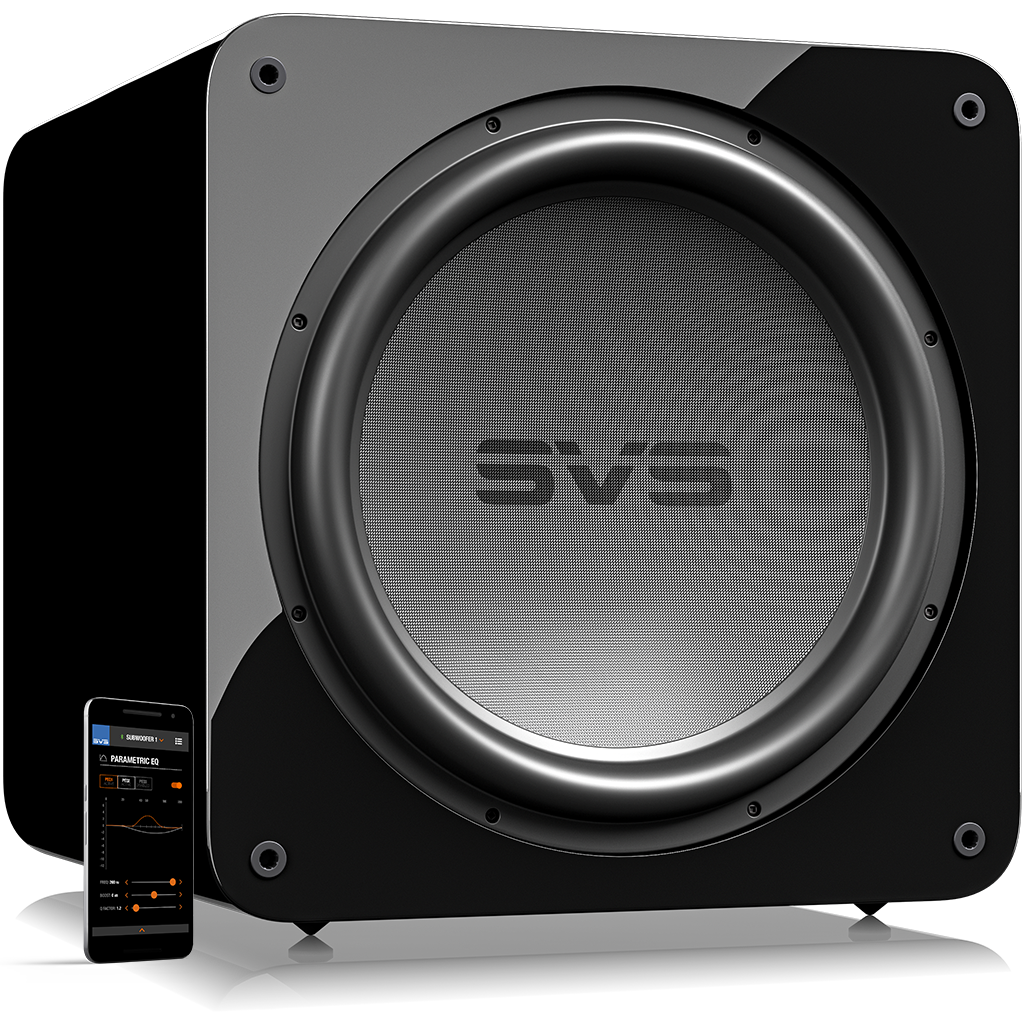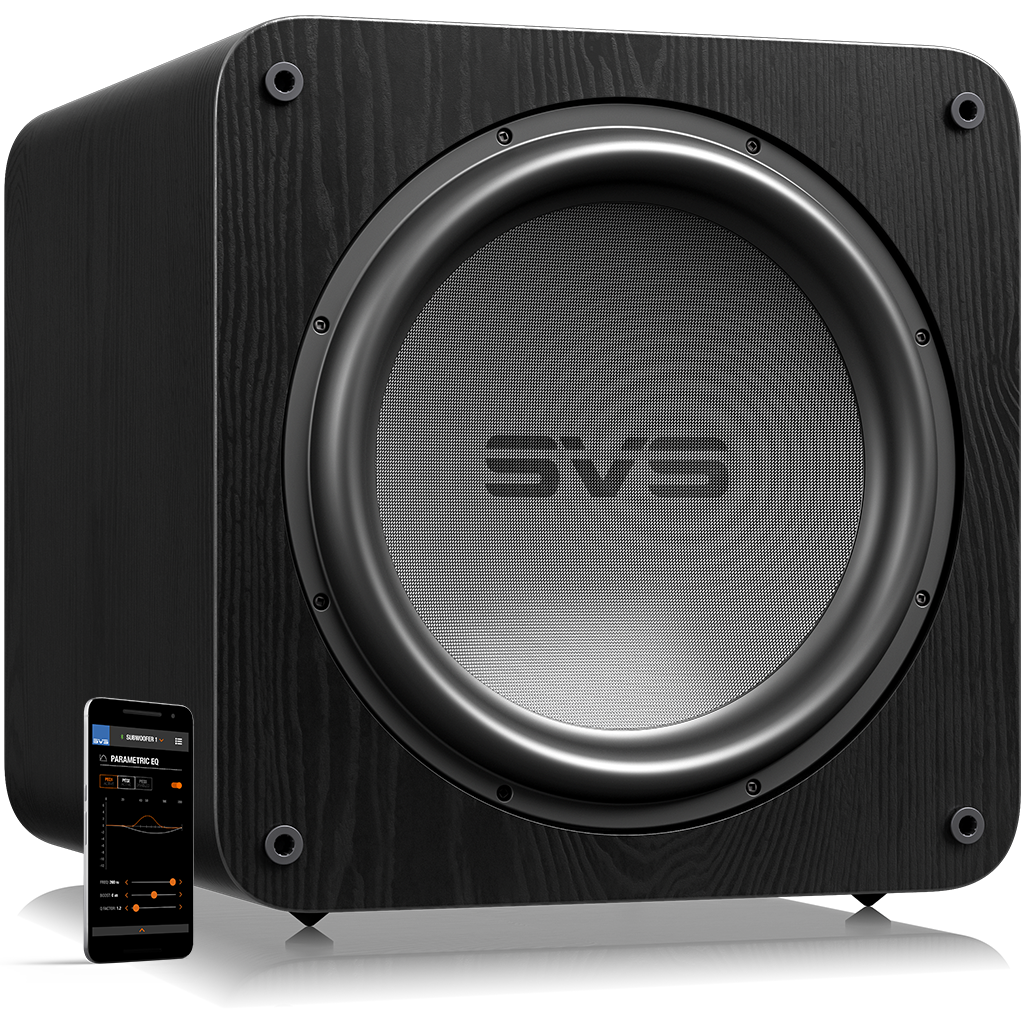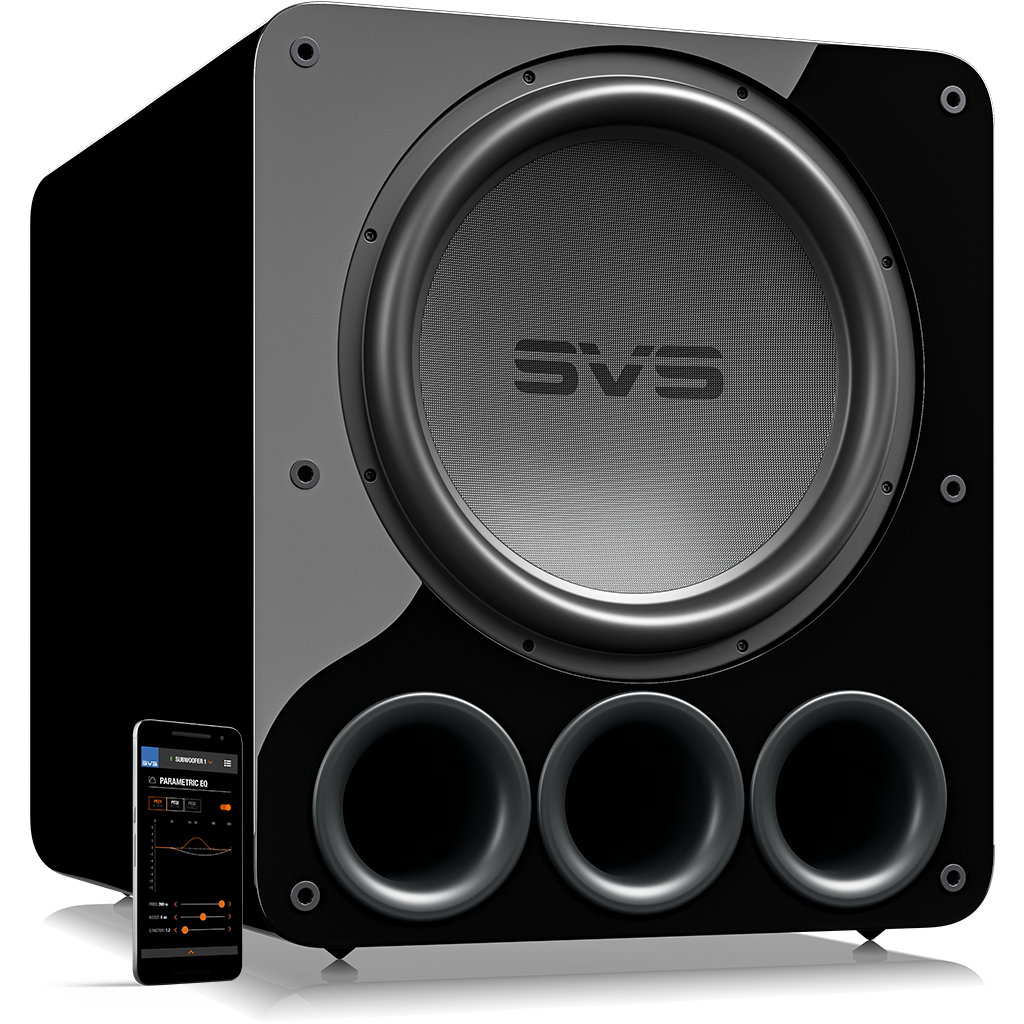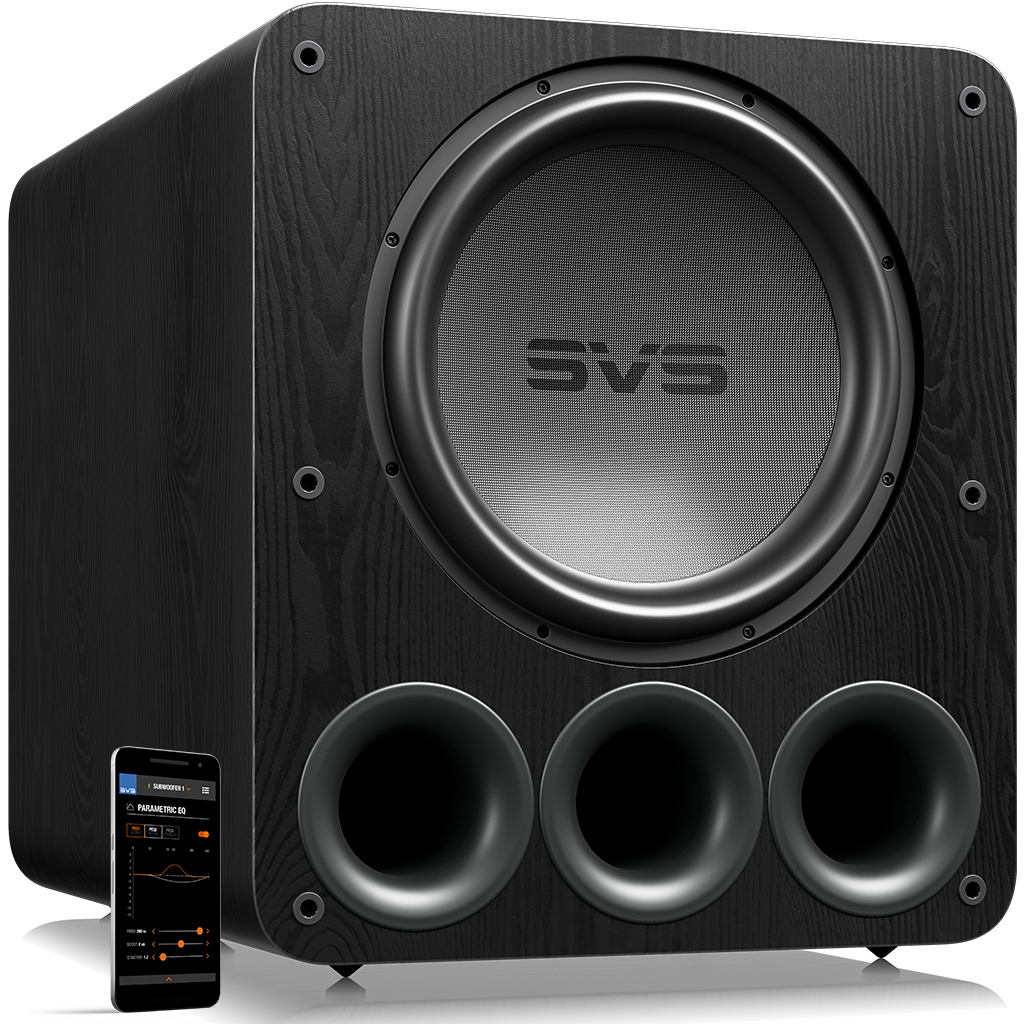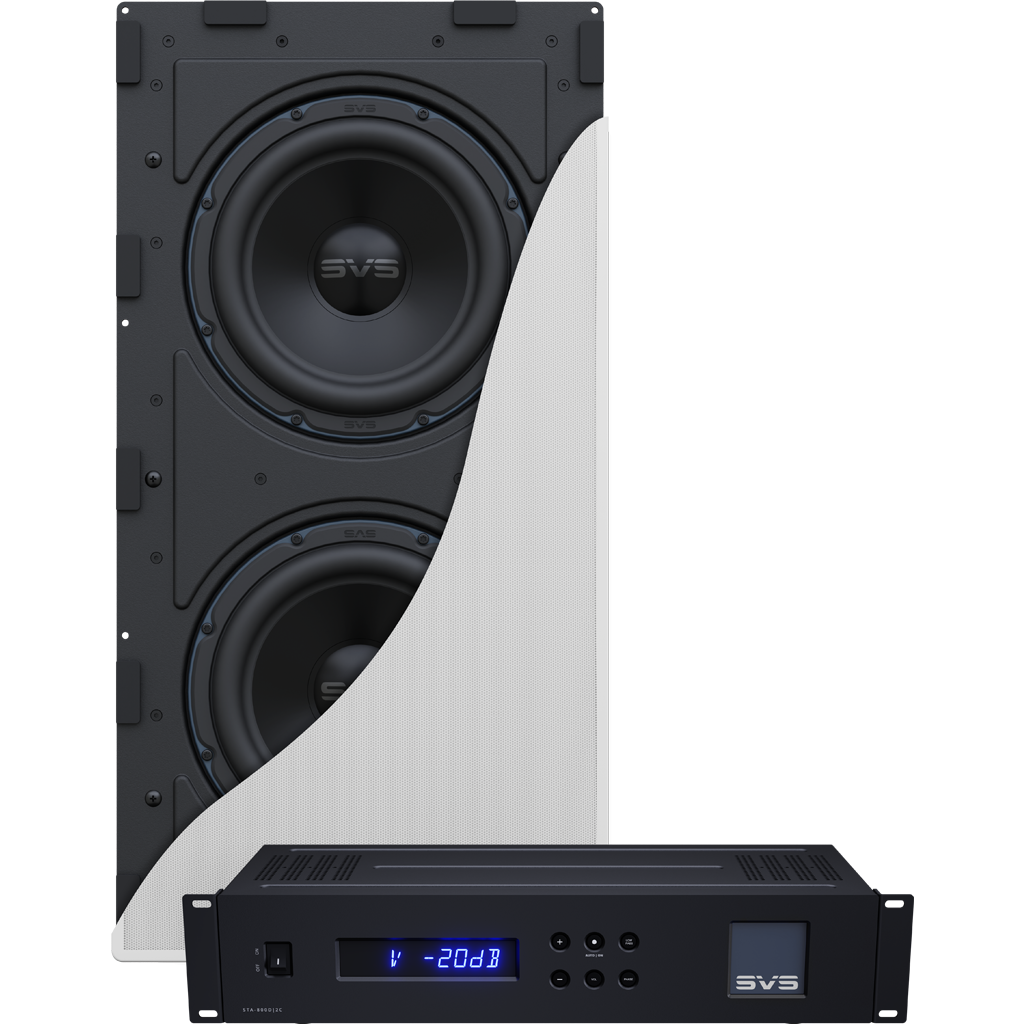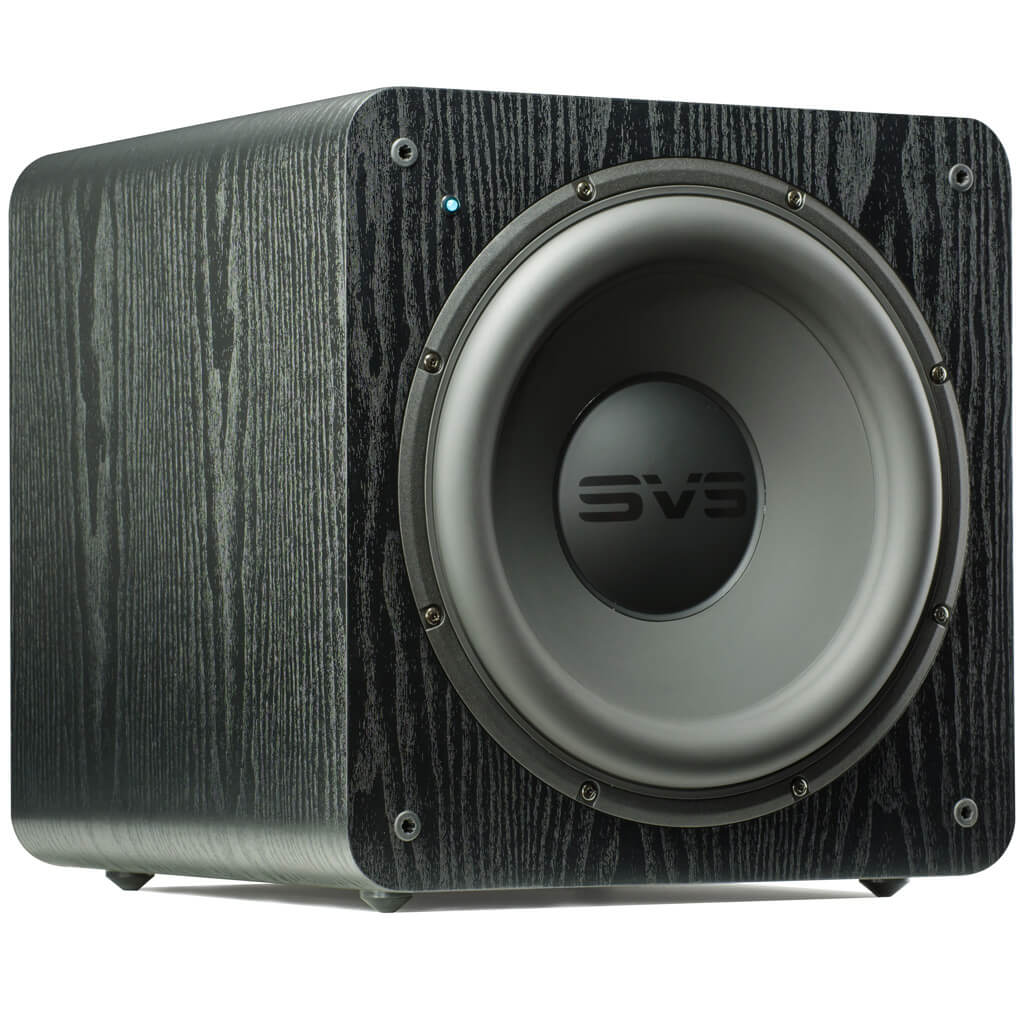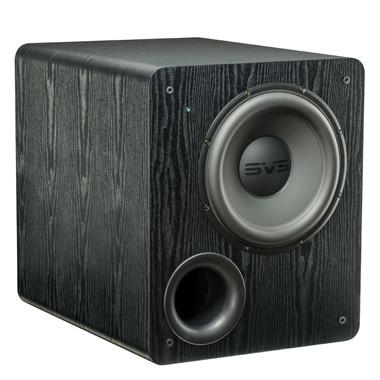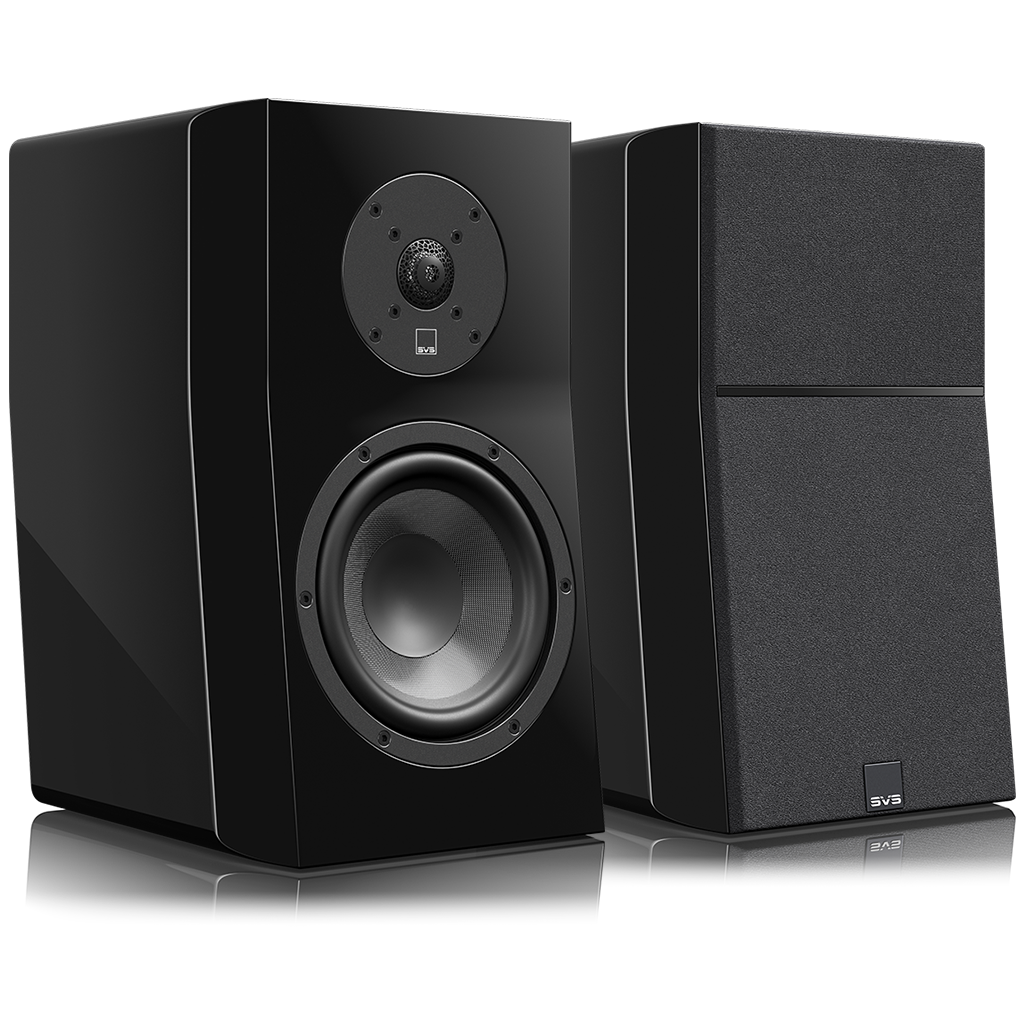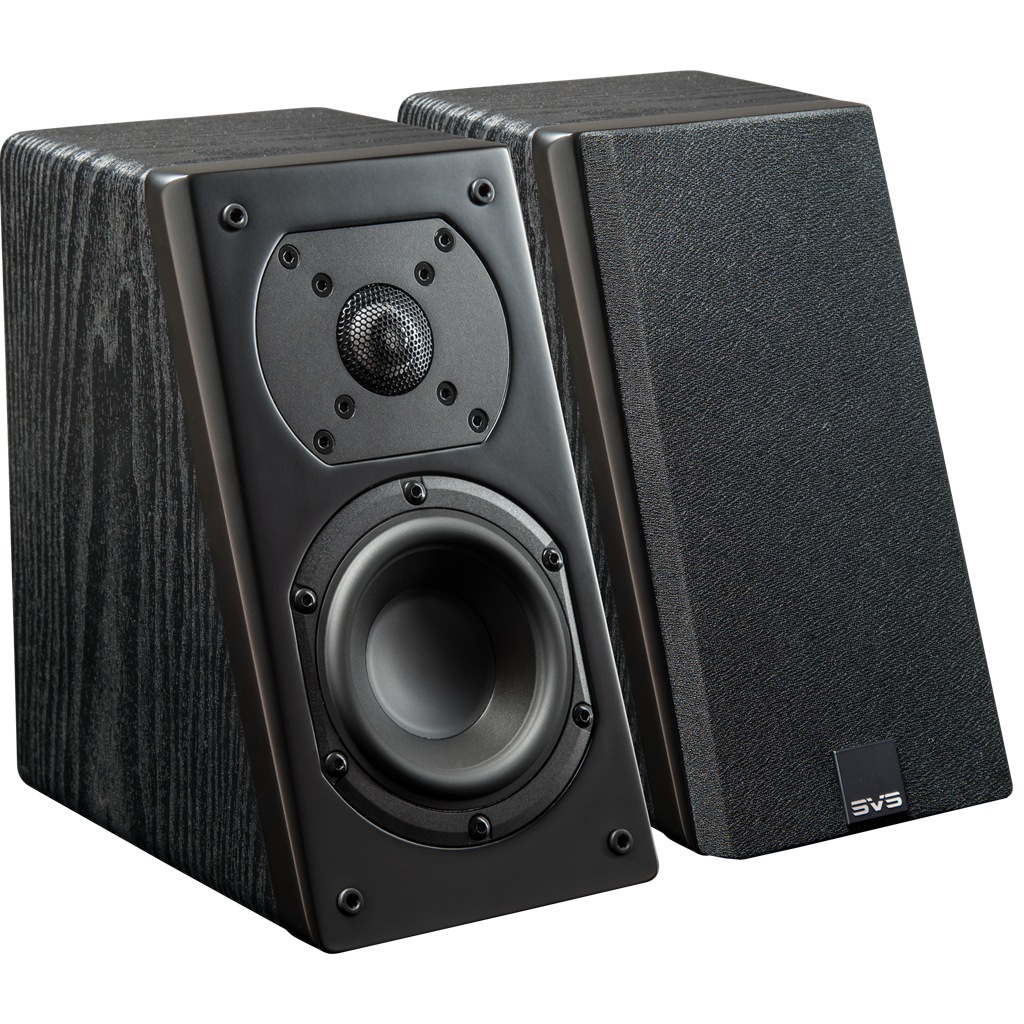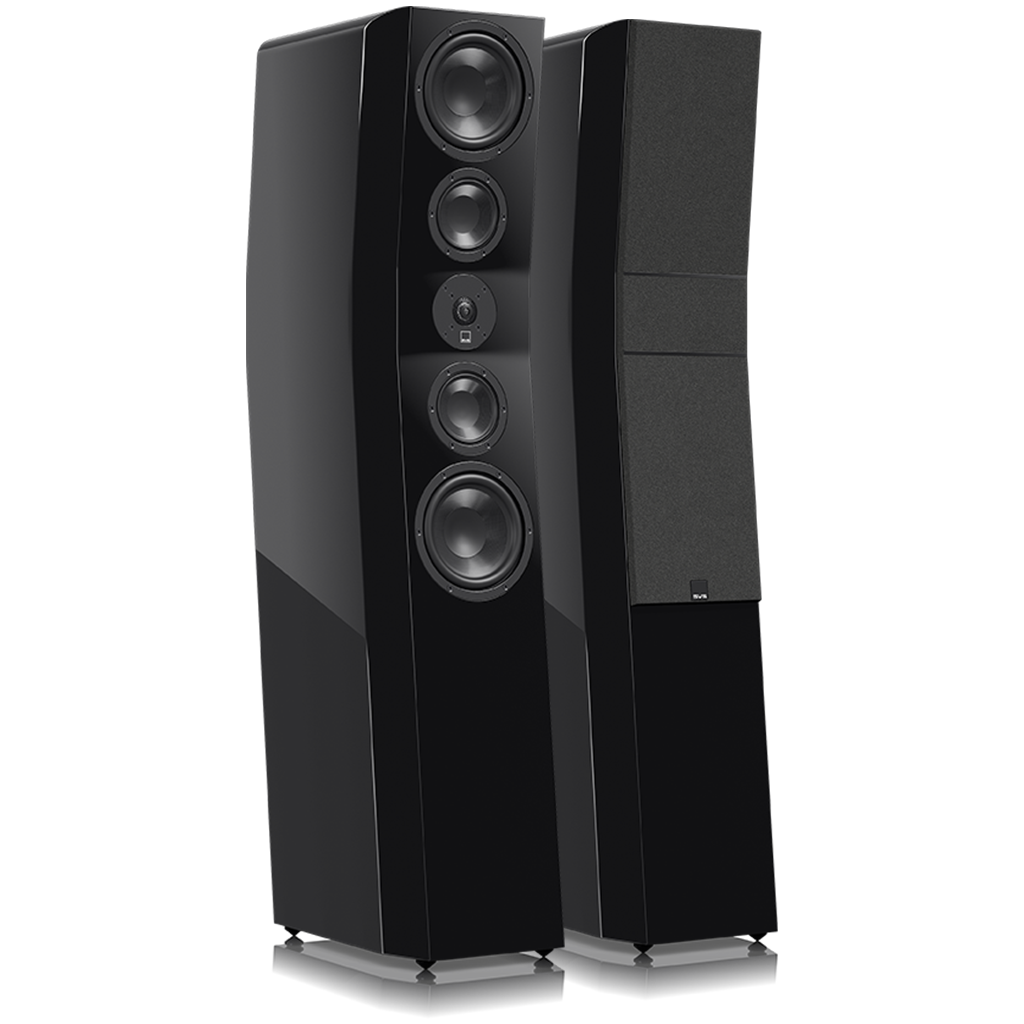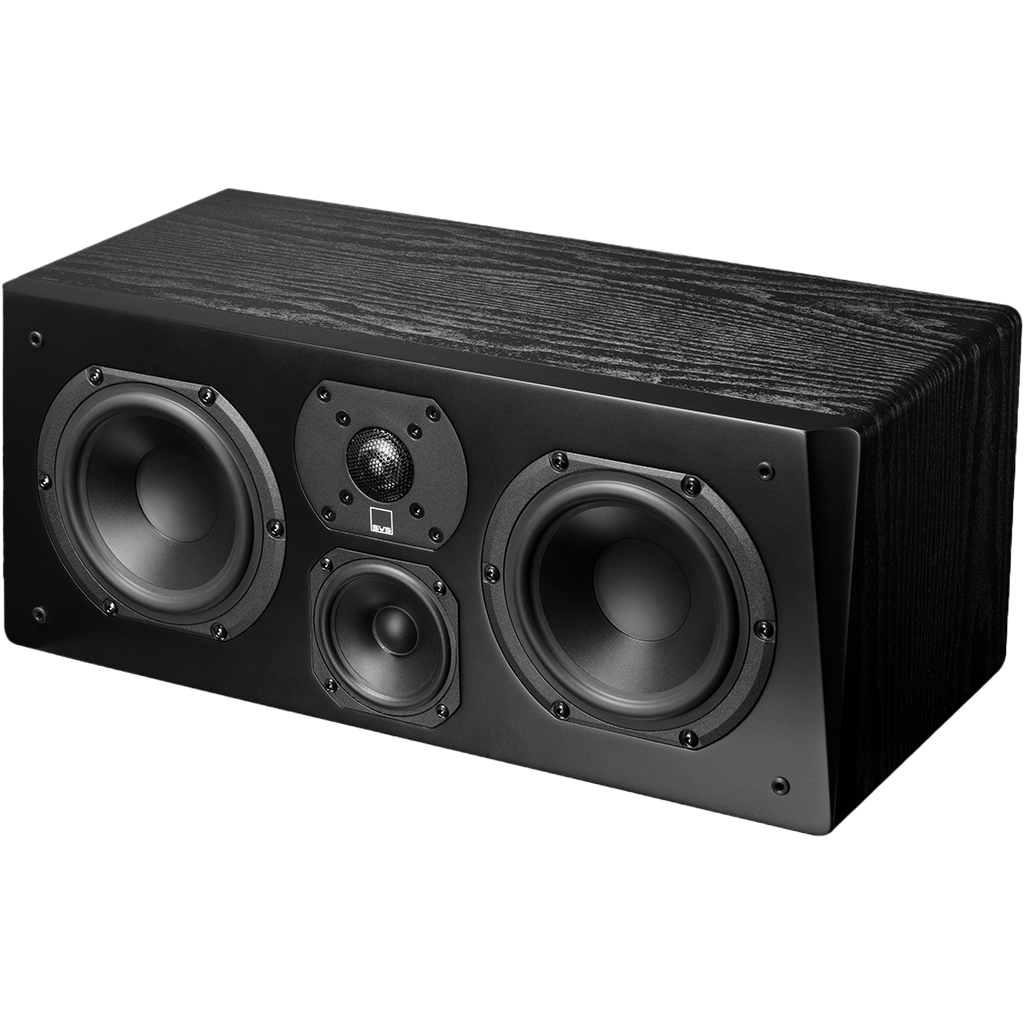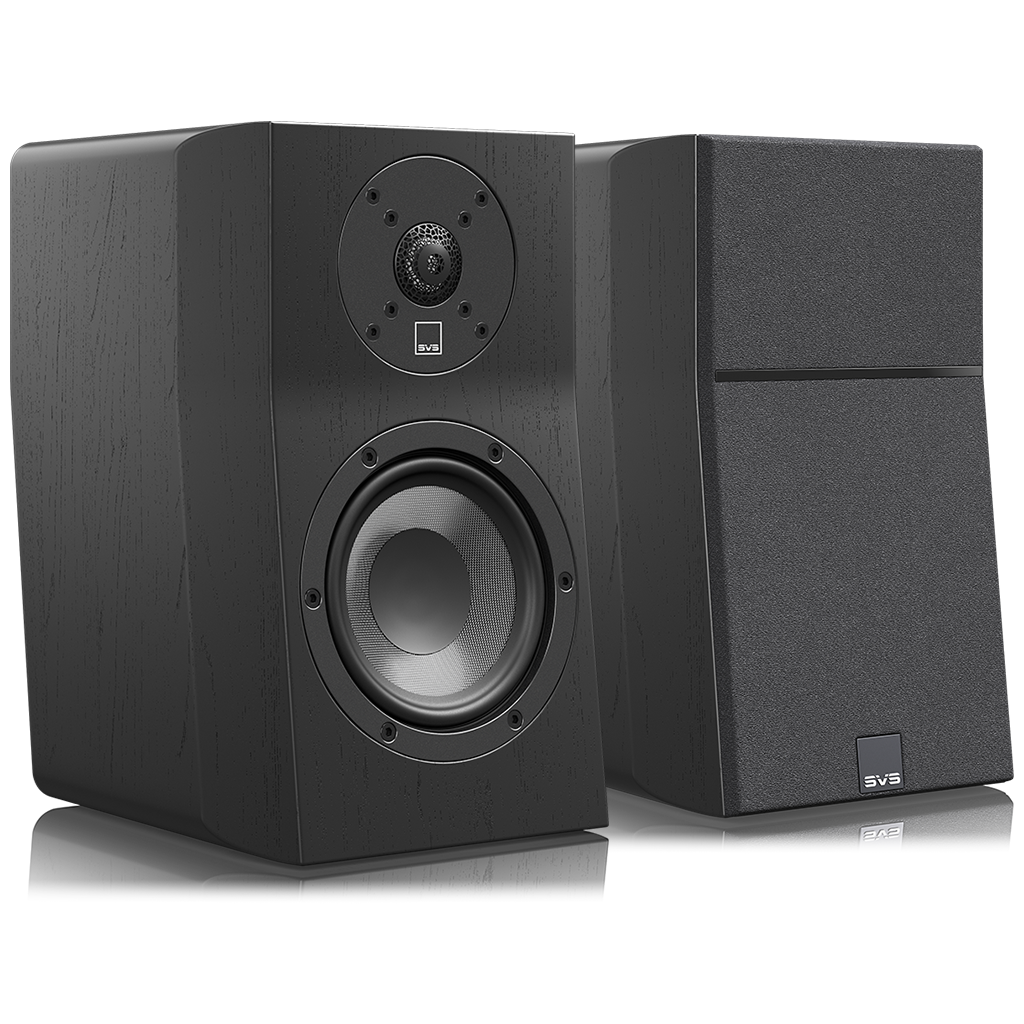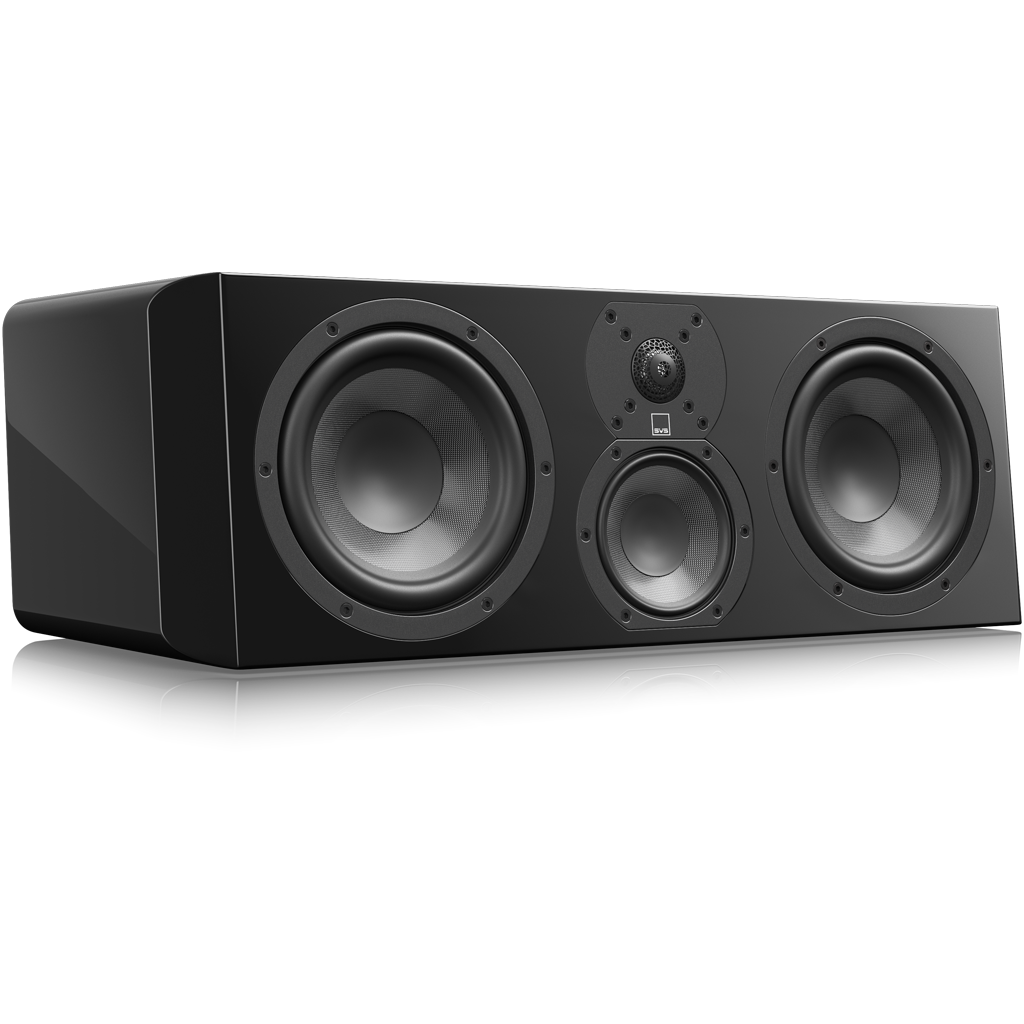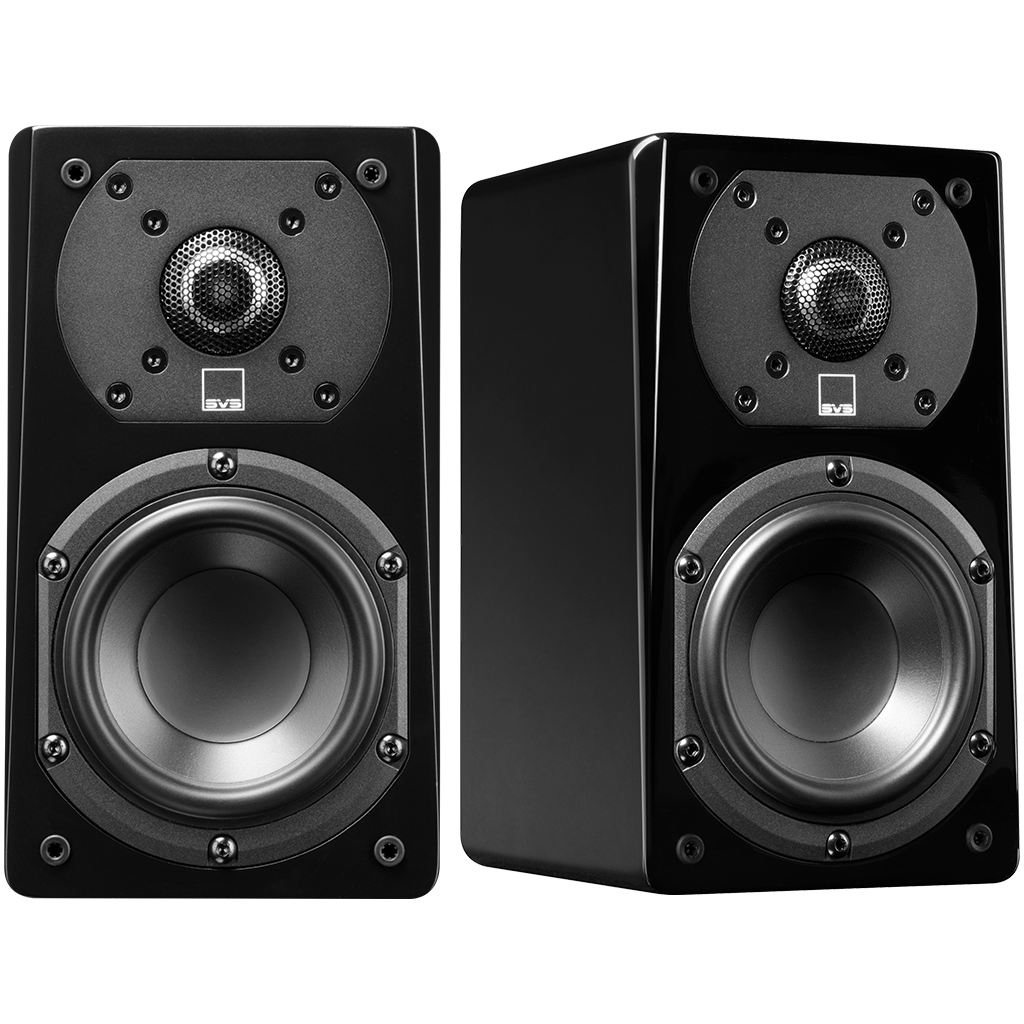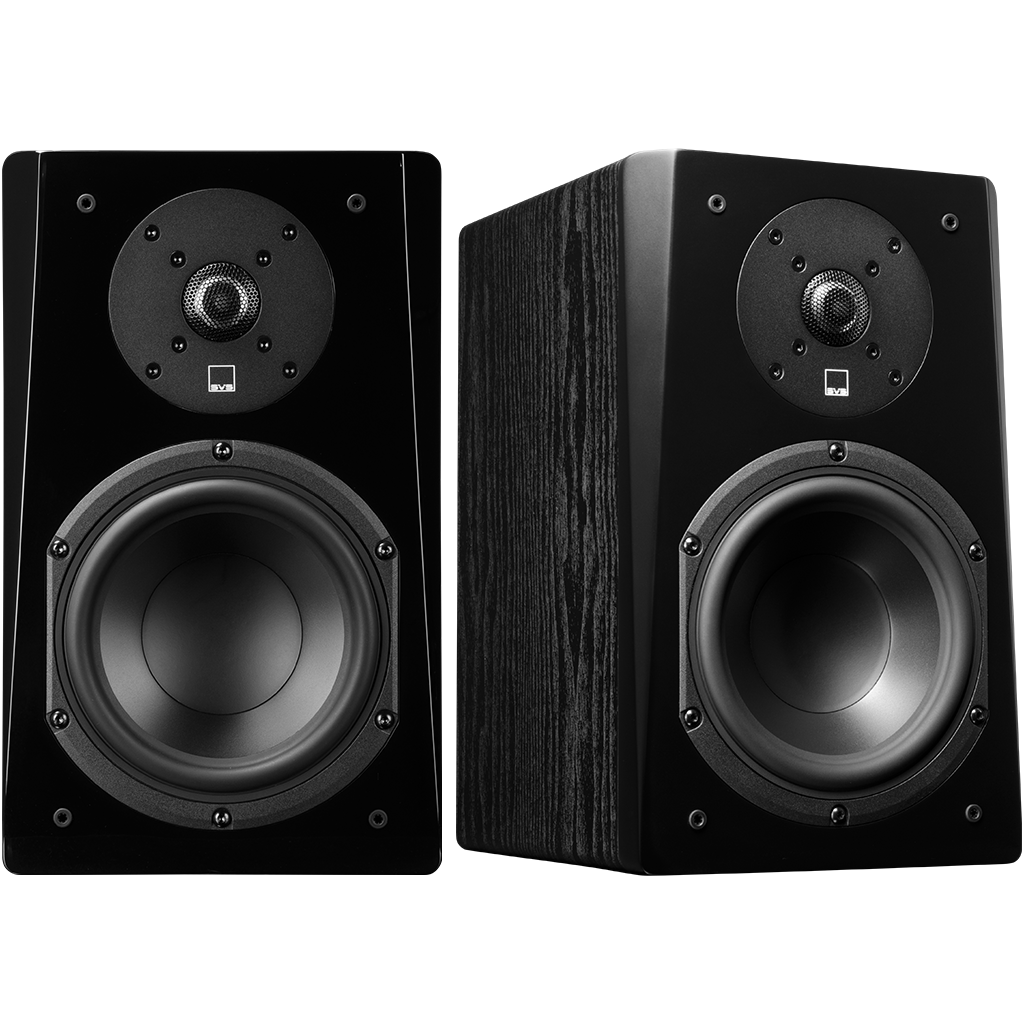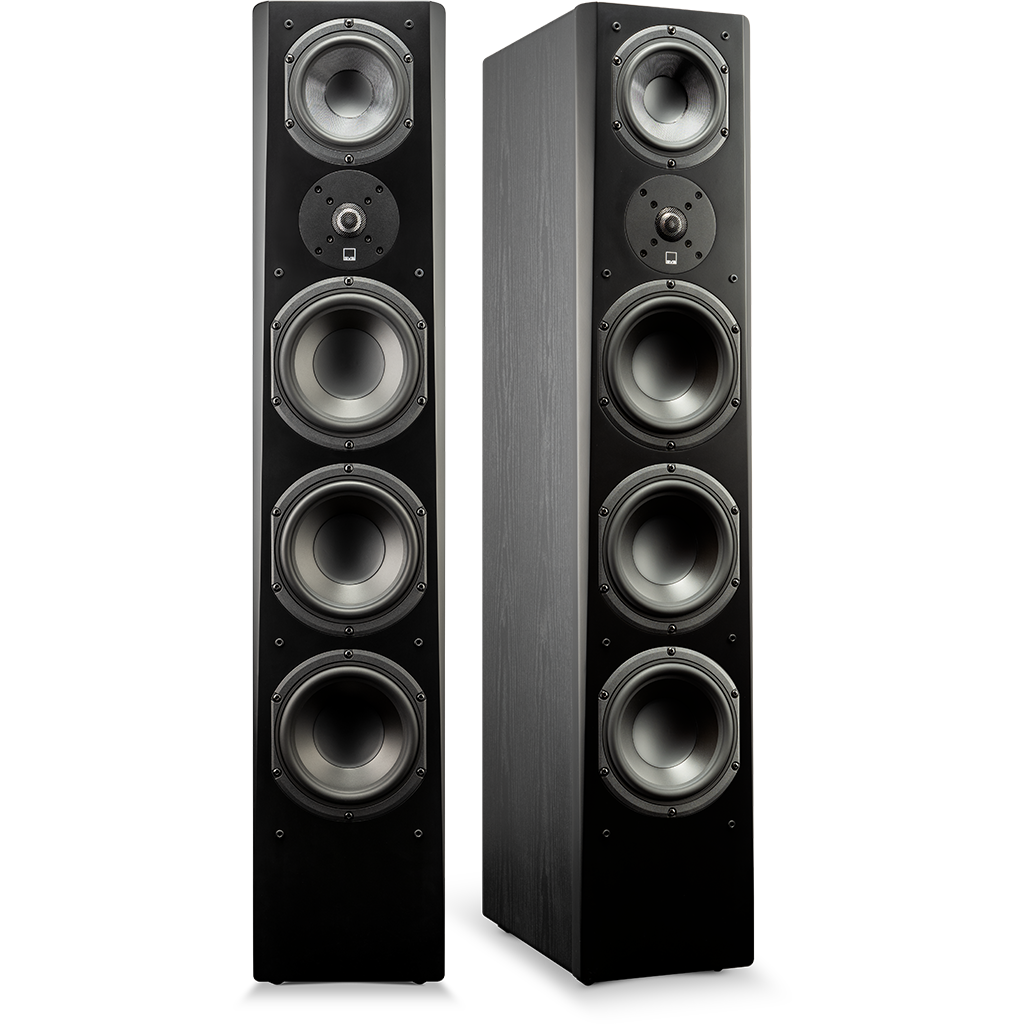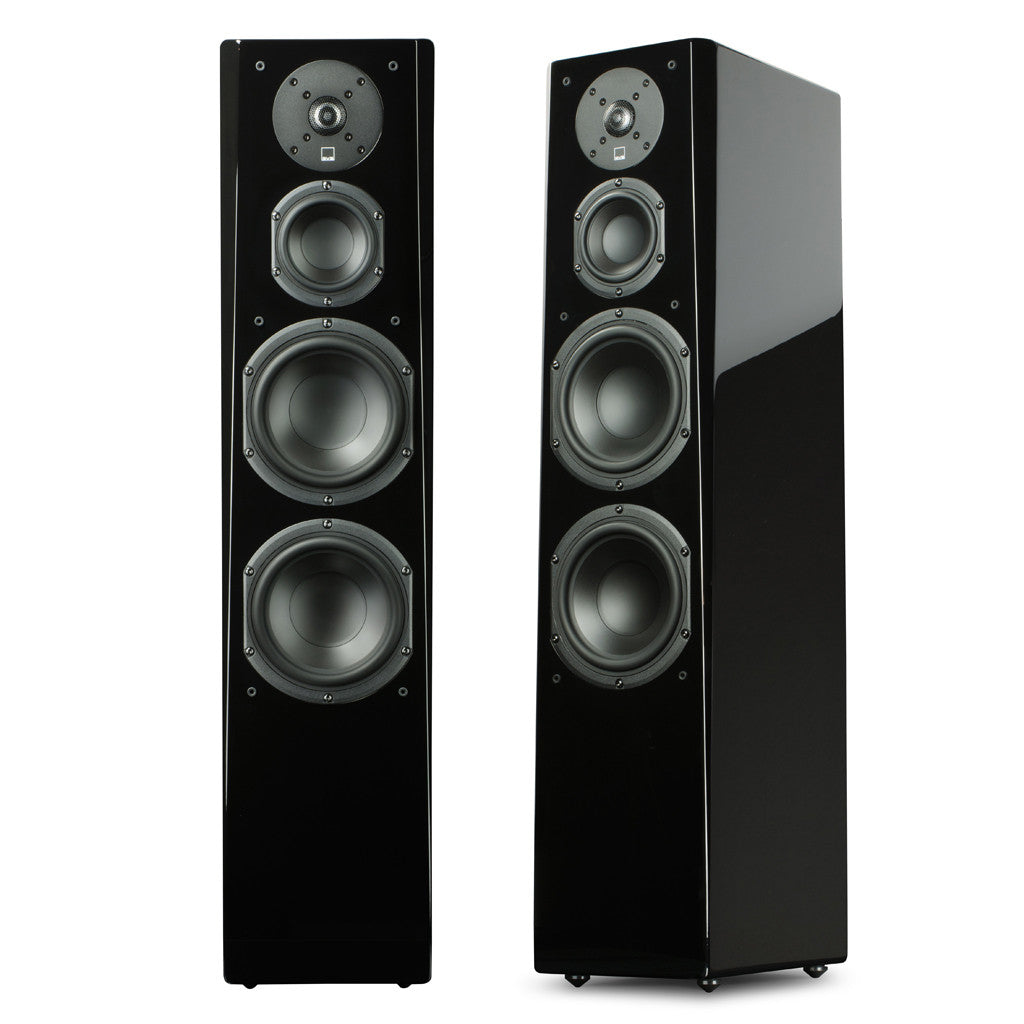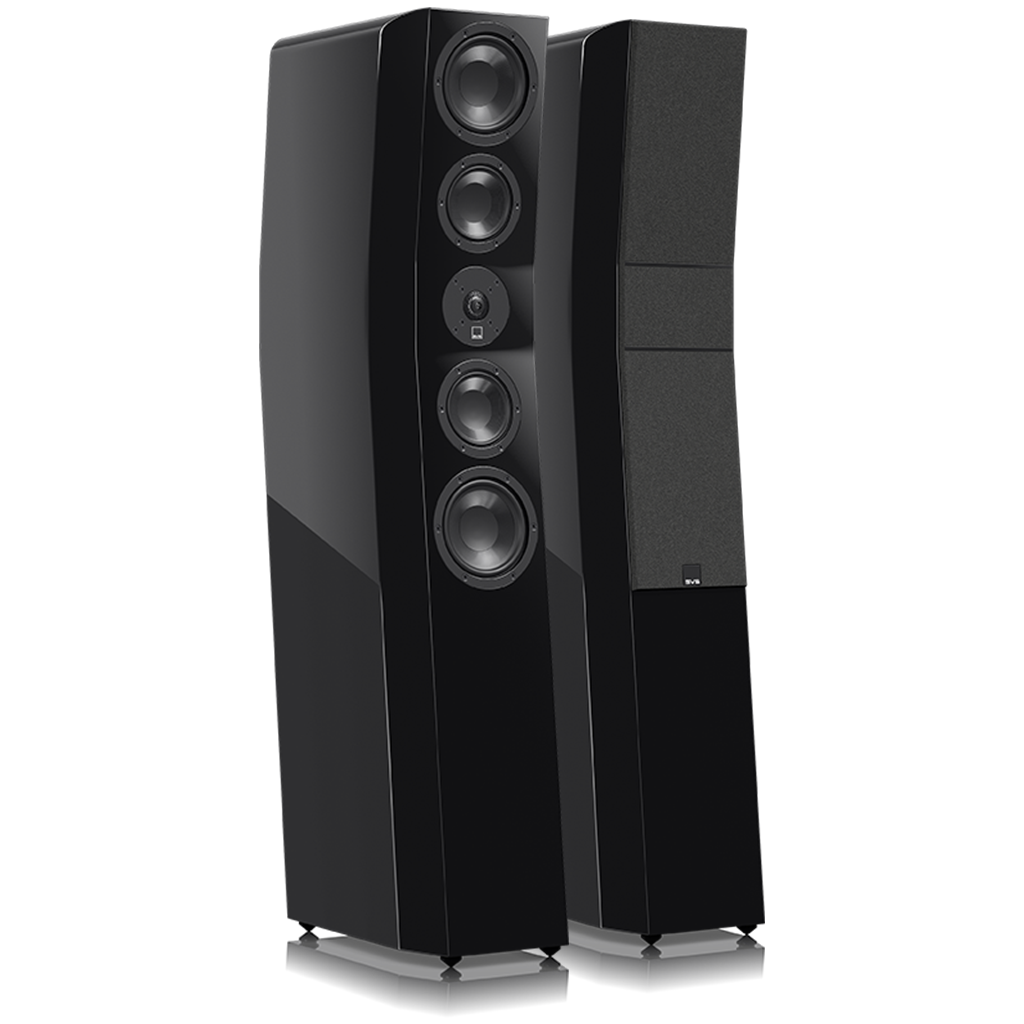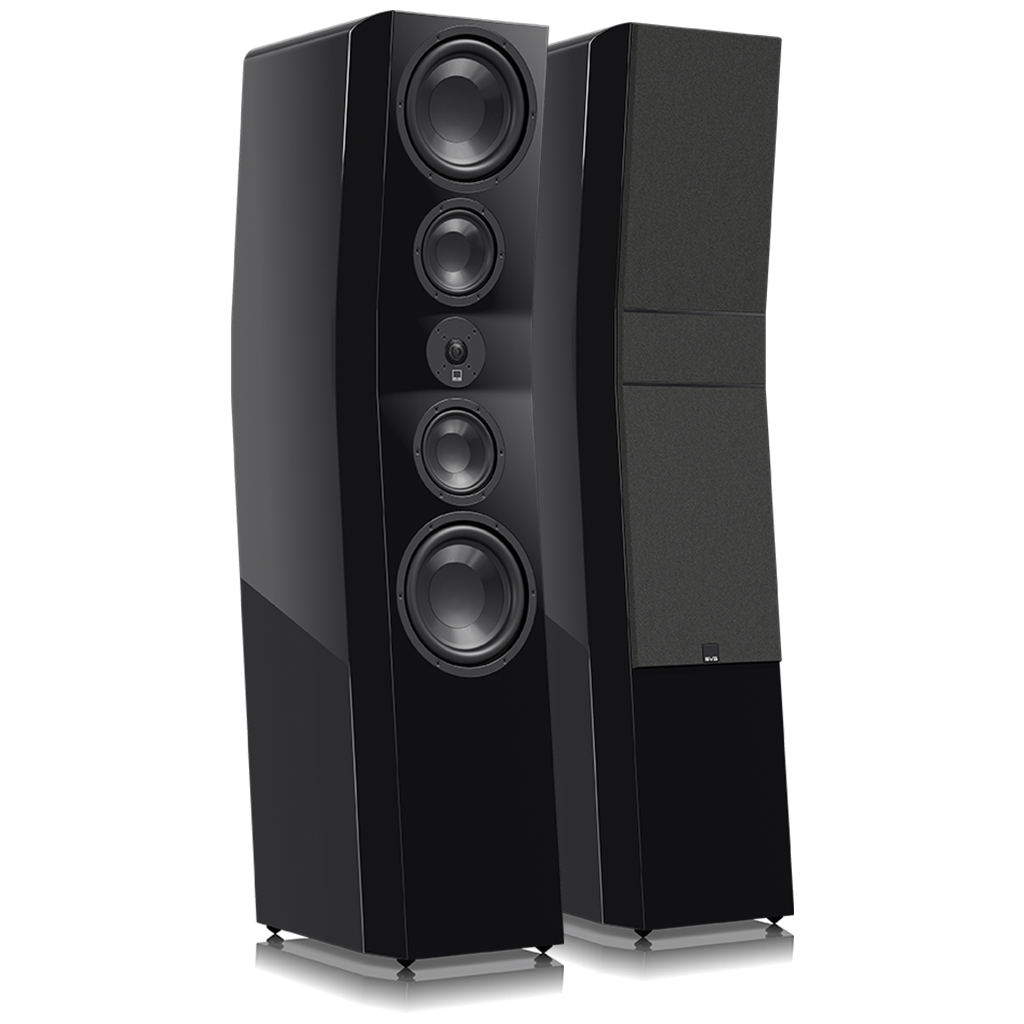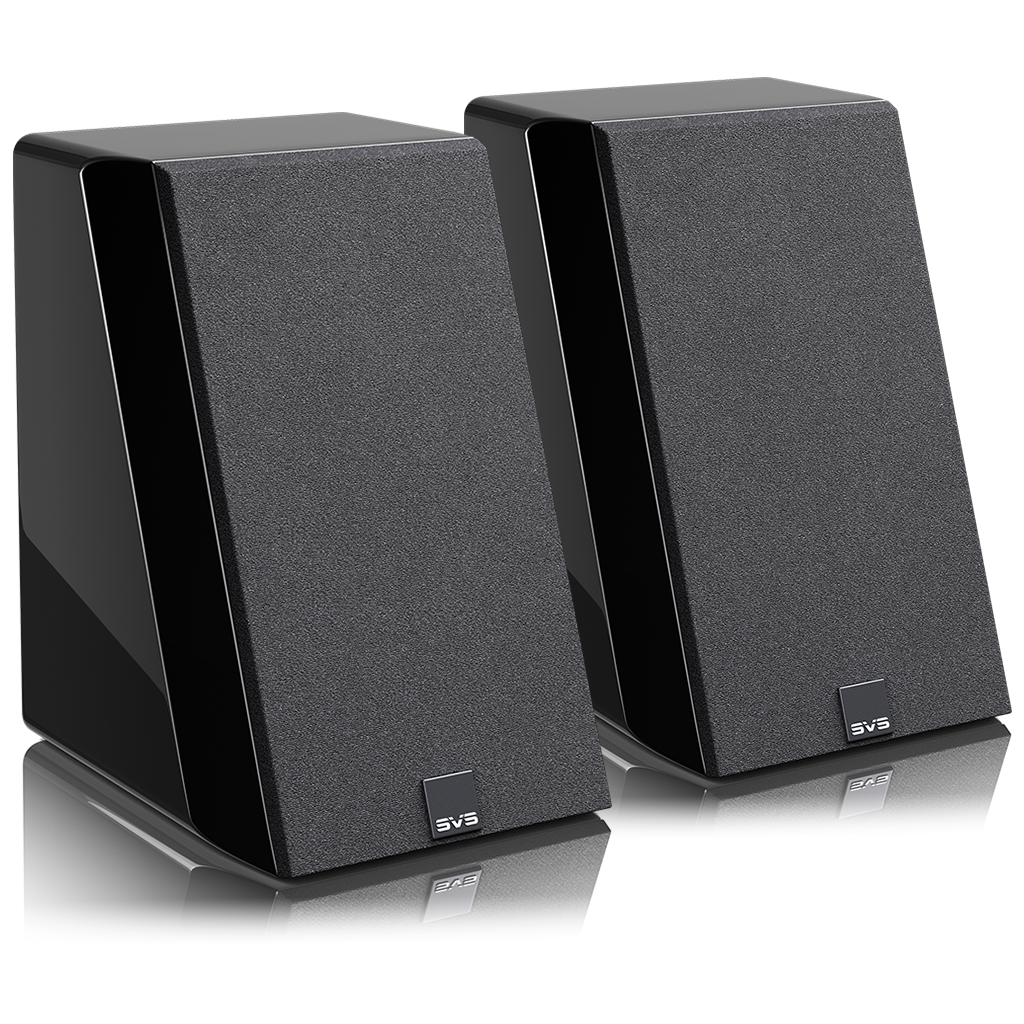Sealed vs. Ported Subwoofers
Which type of subwoofer cabinet design is better – sealed or ported? An evergreen discussion topic on the home audio forums and blogs, there is no shortage of opinions on the subject. Add in a few die-hard myths and generalizations, and it’s no surprise this is one of the most common questions asked of the SVS Sound Experts team. At the risk of sounding ambiguous, the answer is ‘it depends’. The strengths of each subwoofer type are discussed below, along with the recommended applications and listening environments which will result in optimal performance.
Sealed Subwoofers:
Compact Form Factor

Sealed subwoofers typically have a smaller overall cabinet size and footprint, allowing easier integration into the listening environment with minimal visual impact to the décor. The reason for this is sealed models rely on the natural acoustic suspension of the sealed enclosure to control the woofer’s motion, rather than needing extra internal volume and a tuned port to boost low-end output. This design trades off a bit of raw efficiency for tighter, more articulate bass and a much smaller footprint—perfect for rooms where space is at a premium or for setups where sleek, low-profile gear is the goal. Whether you’re squeezing one behind a sectional, under a desk, or into a minimalist home theater, sealed subs deliver deep, musical bass without the bulk, blending performance with lifestyle-friendly design.
Best for Critical Music Applications
A properly designed sealed subwoofer will typically exhibit less phase rotation, lower group delay, and reduced ringing in the time domain. Sealed cabinet subwoofers are generally more accurate in frequency response and better at rendering instrumentals in a convincing way. These characteristics make the sealed subwoofer a natural choice for critical music applications and are typically described by enthusiasts as sounding tighter and more articulate or musical, with less perceived overhang.
Ultra Deep Extension - A Natural Complement to Room Gain

A sealed subwoofer naturally has a shallower roll-off slope than a ported subwoofer. SVS takes this concept one step further by employing sophisticated DSP equalization to tailor the overall shape of the frequency response and roll-off slope, in order to take maximum advantage of available ‘room gain’ so common in small to mid-size rooms.
The end result is much deeper in-room extension than the quasi-anechoic rated low frequency response would otherwise suggest. Below is a graph showing the SVS SB-2000 Pro quasi-anechoic frequency response compared to the in-room frequency response with 7 dB/octave of room gain starting at 60 Hz (common for a small to mid-size enclosed room).
Dynamic Output Limits in the Deepest Octaves
With each successively deeper octave, cone excursion quadruples in a sealed subwoofer in order to maintain the same sound pressure level as a ported subwoofer. In addition, the equalization required to tailor and optimize the quasi-anechoic frequency response consumes amplifier power. As a result, a sealed subwoofer will typically have considerably lower dynamic output limits than a ported subwoofer in the same family/price range.
Ported Subwoofers:
Size Matters - No Replacement for Displacement
In a ported subwoofer design, a relatively large enclosure size is required in order to achieve both a deep system tuning frequency and sufficient port area to minimize chuffing artifacts (aka port noise) at high drive levels. A larger enclosure also greatly enhances system efficiency in the deeper octaves, with no need for additional EQ boost to achieve naturally deep bass extension.
The result is 2-4X more peak dynamic output in the 18-36 Hz octave as compared to a sealed subwoofer in the same family/price range. This makes the larger ported SVS subs a natural choice for system applications with larger rooms (where less room gain is present) and reference-level playback levels, particularly on demanding Blu-ray action and sci-fi movies with demanding LFE tracks.
Simply put, if you want to most room-energizing, gut-punching, floor-trembling cinematic experience possible, a ported subwoofer will deliver greater dynamic output at the lowest frequencies vs. comparable sealed models.

More Capable of Pressurizing Large Listening Areas
Ported subwoofers are built to move serious air, making them ideal for filling larger listening spaces with deep, room-shaking bass. By using a tuned port and larger cabinet volume, these designs harness the energy from the rear of the woofer to reinforce low-frequency output, especially in the infrasonic range. The result? More efficient bass extension and higher output levels without demanding massive amounts of amplifier power. It’s the reason ported subs are a go-to for big home theaters and open-concept living spaces—when you want to feel the roar of an explosion or the rumble of a bass drop across the entire room, ported delivers that cinematic impact with authority.
But What About Music?

Green Line = Sealed Group Delay Curve • Black Line = 20 Hz Ported Group Delay Curve • Purple Line = 16 Hz Ported Group Delay CurveBlue Line = 1 Cycle of Group Delay (inaudible) • Red Line = 1.5 Cycles Group Delay (commonly accepted perception threshold)Courtesy Audioholics PB13-Ultra Review (used with permission)
One of the most persistent myths in the audio industry is that ported subwoofers perform poorly on music. This reputation was largely earned by the public suffering through decades of small, ported boom boxes so common in 5.1 home-theater-in-a-box systems and brick/mortar retail outlets. At SVS, we call these imposter subs. These subwoofers don’t sound bad on music because they are ported; they sound bad on music (and movies too) simply because they are bad subwoofers.
SVS ported subwoofers have a flat frequency response, low distortion, excellent bandwidth linearity and a very deep tuning frequency (typically 20 Hz or deeper). The deep system tuning frequency shifts port-induced phase rotation and associated group delay below the typical music bandwidth, where we are relatively insensitive to it. By doing this, SVS subwoofers remain accurate in frequency response and maintain crisp speed in transients so you don’t experience the “bloat” or “boominess” found in lesser ported subwoofers.
The graph shows group delay curves for a variable tune ported subwoofer in 20 Hz ported, 16 Hz ported and Sealed operating modes. Note the group delay curves for all three modes are coincident from 120 Hz-30 Hz (which covers the typical music bandwidth), only diverging at the very deepest frequencies. While Sealed mode unquestionably has the lowest overall group delay, the two ported modes also have exemplary time domain behavior >30 Hz and can deliver excellent sound on music, as well as stellar movie performance.
Summary:
Both sealed and ported alignments have strengths and advantages, and which type of subwoofer is best for a given application depends on several variables.
- Room Size and Available Floor Space – Sealed subwoofers are much more compact and tend to work better in small rooms and mixed media areas where space is at a premium.
-
Home Audio System Usage
- Home Theater Systems – For maximum dynamic impact and deep bass extension, ported subwoofers have the edge over sealed, which is why they are generally considered better for home theater. That said, it’s a myth to say that sealed can’t be great for home theater.
- HiFi/Audiophile Systems - For musicality, accuracy and transient speed, sealed subwoofers have the edge, though for certain kinds of music and listening preferences, ported works better.
- Playback Level – If you prefer to crank it to reference playback levels and beyond, a ported subwoofer is better equipped to handle the demands.
- Décor and Aesthetic Considerations – Being more compact, sealed subwoofers are more easily concealed inside furniture or elsewhere in a room and generally call less attention to themselves visually.
All of these factor into the selection process. In the end, both types of subwoofers can deliver an outstanding, no-compromise listening experience on both music and movies, provided the selected subwoofer model is a great match to the specific listening preferences and room.
SVS makes a variety of ported and sealed home subwoofers to fit every space, audio system and budget. Browse all SVS subwoofers and use the compare tool to look at features and specifications side-by-side as you choose the best subwoofer for your system. We also have the SVS Subwoofer Matching Tool which recommends the best options based on your specific brand and model of speakers.
Have questions? Ask in the comments, or the SVS Sound Experts are available 7 days-a-week to help you choose the best subwoofers based on your set-up and listening preferences.



